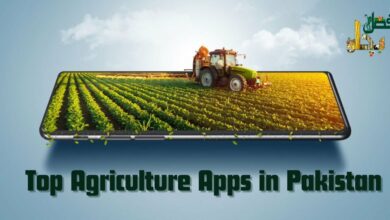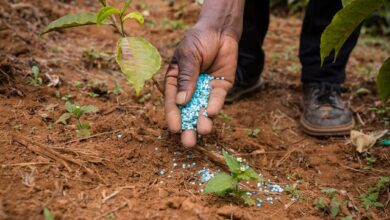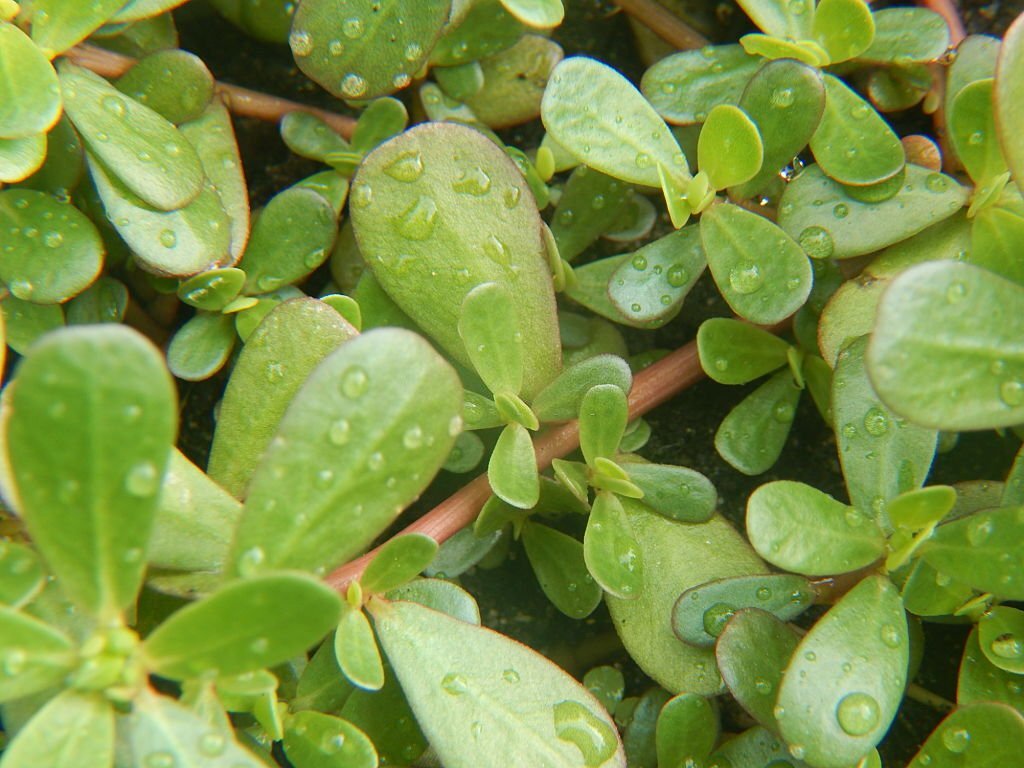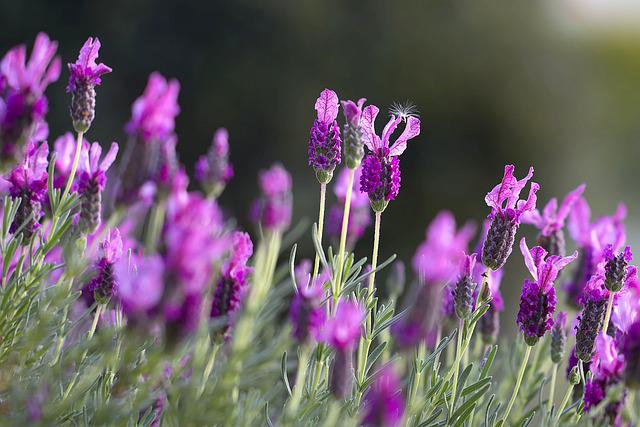Best 10 Uses of Rain Gauge in Agriculture
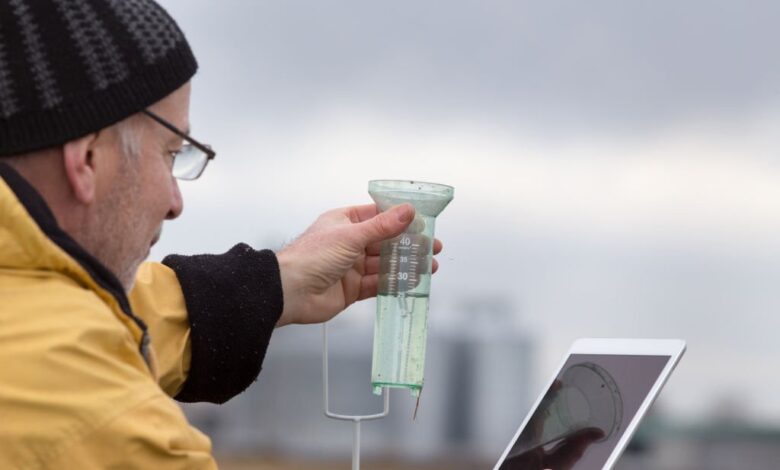
Last updated on June 24th, 2024 at 11:18 am
Table of contents
- 1) Why use a rain gauge in agriculture?
- 2) How can a rain gauge help farmers?
- 3) What are the benefits of using a rain gauge?
- 4) How can a rain gauge be used to improve agricultural productivity?
- 5) What are the top 10 uses of a rain gauge in agriculture?
- 6) How can a rain gauge help farmers to save water?
- 7) How can a rain gauge help farmers to reduce crop losses?
- 8) How can a rain gauge help farmers to increase crop yields?
A rain gauge measures rainfall and helps farmers and land managers make informed decisions about irrigation, crop production, and land management. Check out more details on uses of rain gauge as below.
1) Why use a rain gauge in agriculture?
A rain gauge is a simple measuring instrument used by meteorologists and hydrologists to collect and measure the amount of liquid precipitation over a set period of time. The data collected by rain gauges is used in the study of precipitation, floods, droughts, and the water cycle.
There are many different types of rain gauges, but the most common is the standard cylindrical rain gauge. This type of rain gauge has a collecting funnel that funnels precipitation into a measuring cylinder. The cylinder is usually marked with graduation lines that indicate the amount of precipitation that has been collected.
Other types of rain gauges include the tipping-bucket rain gauge and the weighing precipitation gauge. Tipping-bucket rain gauges have a collecting bucket that tips when a certain amount of precipitation has been collected. The amount of precipitation is then measured by the number of times the bucket tips. Weighing precipitation gauges weigh the amount of precipitation that is collected and then convert the weight into rainfall measurements.
Rain gauges are used in a variety of settings, including agricultural, residential, and commercial settings. In agriculture, some Uses of Rain Gauge are to measure the amount of precipitation that has fallen on a field. This information can be used to determine how much irrigation water is needed, or to assess the risk of flooding or drought.
Residential rain gauges can be used to measure the amount of precipitation that has fallen in an area for the purpose of gardening or landscaping. Commercial rain gauges are often used by businesses that are affected by the amount of precipitation, such as construction companies or ski resorts.
Due to these reasons, rain gauge use is becoming very popular and farmers are focusing on using this instrument in their farms.

2) How can a rain gauge help farmers?
A rain gauge is a simple yet essential tool for farmers. By measuring the amount of rainfall, farmers can accurately assess how much water their crops are receiving. This information can be used to make decisions about irrigation, fertilization, and other important agricultural practices.
In addition to measuring rainfall, rain gauges can also be used to measure the depth of snowfall. This information is important for farmers who need to know how much water their crops will have access to once the snow melts.
Rain gauges can be purchased at most hardware or home improvement stores. They are typically very affordable, and they can be an invaluable tool for farmers.
3) What are the benefits of using a rain gauge?
There are many benefits to using a rain gauge, particularly in agriculture. One benefit is that it can help farmers to irrigation. By knowing how much rainfall their crops have received, farmers can better plan their irrigation schedules. This can help to save water and money, as well as improve crop yields.
One of the some Uses of Rain Gauge is that it can help farmers to predict crop yields. By tracking rainfall over time, farmers can get a better idea of how much water their crops are likely to receive. This information can be used to make decisions about planting, harvesting, and storage.
Finally, rain gauges can also be used to monitor drought conditions. By tracking the amount of rainfall in an area, drought conditions can be identified and monitored. This information can then be used to provide assistance to farmers and other individuals affected by the drought.
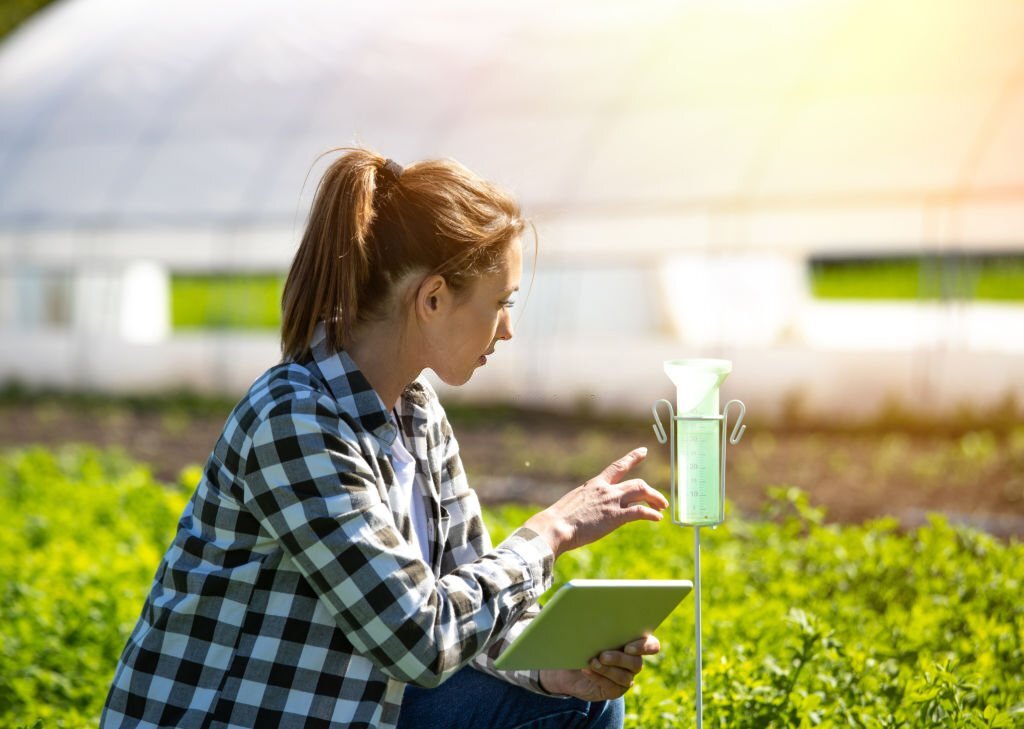
4) How can a rain gauge be used to improve agricultural productivity?
A rain gauge can be used in a number of ways to help improve agricultural productivity. One of the most obvious ways is to simply monitor rainfall levels in order to better understand patterns and optimize irrigation. Additionally, a rain gauge can be used to assess the impact of rainfall on crop growth and yield.
This information can then be used to make decisions about planting, fertilization, and pest control. Additionally, a rain gauge can be used to monitor soil moisture levels, which is important for both crop growth and water conservation.
5) What are the top 10 uses of a rain gauge in agriculture?
A rain gauge is a simple device used to measure the amount of rainfall. It is usually a cylinder or funnel-shaped instrument with a graduated scale. The first rain gauges were used in ancient times and were simple bowls that were left out in the rain. The level of water in the bowl was then used to estimate the amount of rainfall.
Today, rain gauges are more sophisticated and can be used to measure the amount of rainfall over a specific period of time. This information can be used in a number of ways, including:
1. To estimate the amount of water available for crops
2. To calculate the amount of irrigation water needed
3. To predict the risk of floods
4. To assess the impact of rainfall on the environment
5. To monitor the performance of drainage systems
6. To study the distribution of rainfall
7. To investigate the causes of floods
8. To monitor drought conditions
9. To assess the impact of climate change
10. To support weather forecasting
6) How can a rain gauge help farmers to save water?
A rain gauge is a simple but essential tool for farmers to measure and track rainfall. By recording the amount of rain that falls on their property, farmers can get a sense of how much water is available to their crops and make informed decisions about irrigation.
In many parts of the world, rainfall is becoming more erratic and unpredictable due to climate change. This makes it even more important for farmers to have a rain gauge so they can be prepared for droughts or floods.
There are a number of ways that a rain gauge can help farmers to save water.
1. By monitoring rainfall, farmers can make sure they are not over-watering their crops.
2. Farmers can use rain gauges to track how much water their crops are using. This information can be used to adjust irrigation schedules accordingly.
3. Rain gauges can help farmers to predict when droughts are likely to occur. This allows them to take steps to conserve water in advance.
4. In the event of a drought, a rain gauge can help farmers to track how long it has been since their last significant rainfall. This information can be used to determine how much water needs to be rationed.
5. In areas where floods are common, a rain gauge can help farmers to know when it is safe to plant their crops.
6. Rain gauges can also be used to monitor the amount of runoff from fields. This information can be used to improve drainage and prevent soil erosion.

7) How can a rain gauge help farmers to reduce crop losses?
A rain gauge is an essential tool for farmers to help reduce crop losses. By accurately measuring rainfall, farmers can make informed decisions about irrigation and crop management. By knowing how much rain has fallen, farmers can avoid over-watering or under-watering their crops. In addition, a rain gauge can help farmers predict when heavy rains are likely to occur, which can allow them to take steps to protect their crops from flooding.
8) How can a rain gauge help farmers to increase crop yields?
The data collected by rain gauges can be used in a number of ways to help farmers increase crop yields which is one of the most important some Uses of Rain Gauge. For example, the data can be used to:
-Determine when to irrigate: Irrigation is one of the most important factors in crop production. Too little water can result in stunted growth and yield loss, while too much water can lead to waterlogging and root rot. The data collected by rain gauges can be used to help farmers determine when to irrigate their crops.
-Determine when to plant: The data collected by rain gauges can also be used to help farmers determine when to plant their crops. Planting too early can result in seedlings being killed by frost, while planting too late can result in reduced yields.
-Determine the amount of fertilizer to apply: The data collected by rain gauges can be used to help farmers determine the amount of fertilizer to apply to their crops. Applying too little fertilizer can result in stunted growth and reduced yields, while applying too much fertilizer can lead to water pollution and soil erosion.
-Determine the amount of pesticides to apply: The data collected by rain gauges can also be used to help farmers determine the amount of pesticides to apply to their crops. Applying too little pesticide can result in crop damage and yield loss, while applying too much pesticide can lead to water pollution and human health risks.
Explore this Website for Agriculture in Pakistan
